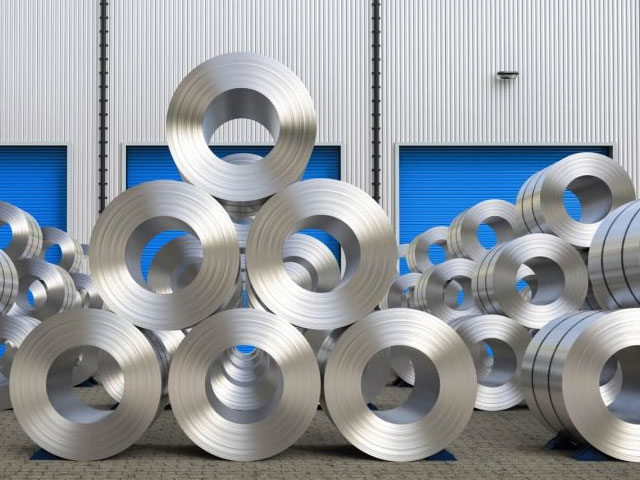News & Articles
Types of Stainless Steel

There are several types of stainless steel, each with its own unique properties and characteristics. Here are some commonly used types of stainless steel:
-
Austenitic Stainless Steel: This is the most widely used type of stainless steel. It is non-magnetic and contains high levels of chromium and nickel, providing excellent corrosion resistance and good formability. Austenitic stainless steel is commonly used in kitchenware, food processing equipment, and architectural applications.
-
Ferritic Stainless Steel: Ferritic stainless steel contains higher levels of chromium and lower levels of nickel compared to austenitic stainless steel. It is magnetic and offers good corrosion resistance, high strength, and excellent heat resistance. Ferritic stainless steel is often used in automotive exhaust systems, appliances, and decorative applications.
-
Martensitic Stainless Steel: Martensitic stainless steel is known for its high strength, hardness, and wear resistance. It can be hardened through heat treatment, making it suitable for applications such as cutlery, surgical instruments, and industrial equipment.
-
Duplex Stainless Steel: Duplex stainless steel contains a balanced mixture of austenitic and ferritic structures, providing a combination of high strength and excellent corrosion resistance. It is commonly used in chemical processing, oil and gas industry, and marine applications.
-
Precipitation-Hardening Stainless Steel: Precipitation-hardening stainless steel (PH stainless steel) can be heat treated to achieve high strength levels. It offers good corrosion resistance and is often used in aerospace components, high-performance shafts, and surgical instruments.
It's important to note that within each type, there are different grades and variations of stainless steel, each with specific compositions and properties. The choice of stainless steel type depends on the intended application, considering factors such as corrosion resistance, strength, formability, and cost.
